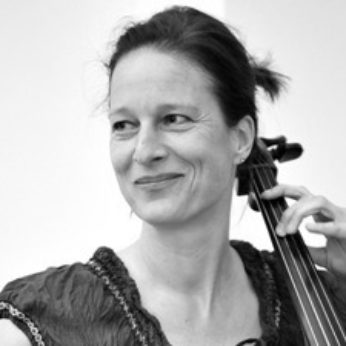Composer: Wolfgang Amadeus Mozart (b. 1756 - d. 1791)
Performance date: 03/07/2012
Venue: Bantry Library
Composition Year: 1786
Duration: 00:23:24
Recording Engineer: Anton Timoney, RTÉ lyric fm
Instrumentation: vn, vc, pf
Instrumentation Category:Trio
Artists:
Péter Nagy -
[piano]
Anja Lechner -
[cello]
Elina Vähäla -
[violin]

Copyright © 2024 West Cork Music. All rights reserved.
Designed and developed by Matrix Internet